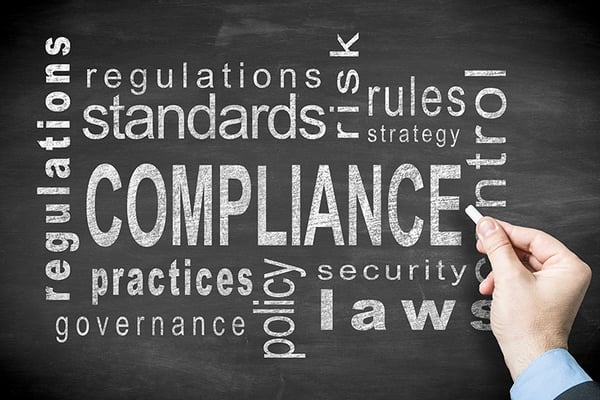2 investment compliance processes that you must have

Compliance is a very broad subject, encompassing regulatory and legal requirements, internal operational activities, industry standards, ethical practices, etc.
You need the vision and the strategy to create your “unique selling points” as an investment manager but you will ultimately need to translate these into processes to manage your daily activities complying with your fiduciary and prudential investor responsibilities.
Whatever your regulatory framework and specific business may be, there are two basic elements that your investment management system must have and these are:
FIRST: Compliance rules to enforce your investment policies
Whether your management strategy is based on top-down or bottom-up processes, you will ultimately need to set up transaction rules which will enforce the policies for investing in your funds. These need to be proactive and alert you to events, so that your staff can avoid breaking the rules or even block them from carrying out trades which will breach compliance. Your system must therefore be capable of providing the flexibility in setting up the rules and of linking seamlessly the various processes in your straight through processing system.
The tracking of compliance must be real time so that dealing staff can be alerted early enough in the cycle, but the system must also provide customisable reporting functionality so that mid-office can track and monitor related events at any time.
SECOND: Document Management
However connected and digital the world may have become, there will always be a need to link documents to transactions. Whether these are contracts with clients or trade confirmations, they will form a very important part of the audit trail in your system, which will always need to be verifiable and amenable to scrutiny.
Tracking and linking documents to transactions can be a laborious and expensive process. Systems must therefore have the ability to link and store multiple documents at every transactional level. The activity of uploading, amending or deleting documents must be time stamped and user identifiable so that compliance departments can track any breaches in rules. The documents should also be securely available throughout the organisation in order to enhance productivity and avoid costly printing and storing of paper.
To conclude, the two activities listed above, are by no means the answer to responding to all requirements for an entity's regulation and governance, but rather the most critical blocks necessary for investment management solutions.
